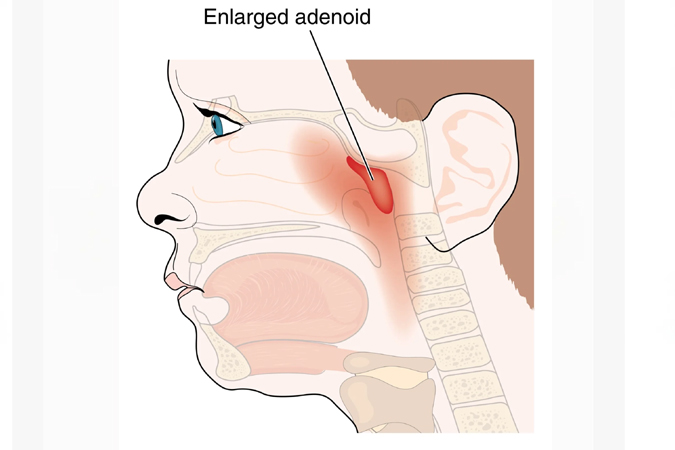
TONSILLECTOMY
A tonsillectomy is a surgical procedure used to remove the tonsils, which are two small glands located in the back of the throat. Tonsillectomies are typically performed to treat recurrent or chronic tonsillitis (inflammation of the tonsils) or to alleviate breathing problems caused by enlarged tonsils.
During a tonsillectomy, the surgeon removes the tonsils through the mouth, usually using a scalpel or a specialized surgical tool. The procedure is typically performed under general anesthesia and can often be done as an outpatient procedure, meaning the patient can go home the same day.
Recovery from a tonsillectomy usually involves some discomfort, throat pain, and difficulty swallowing for several days to a week. Patients are advised to drink plenty of fluids and eat soft foods to help soothe the throat and promote healing. It's also common to experience temporary bad breath and ear pain after the procedure.
Tonsillectomy is generally a safe procedure, but like any surgery, it carries some risks, including bleeding and infection. It's important for patients to follow their doctor's instructions for post-operative care and attend follow-up appointments to monitor healing and manage any complications that may arise.
